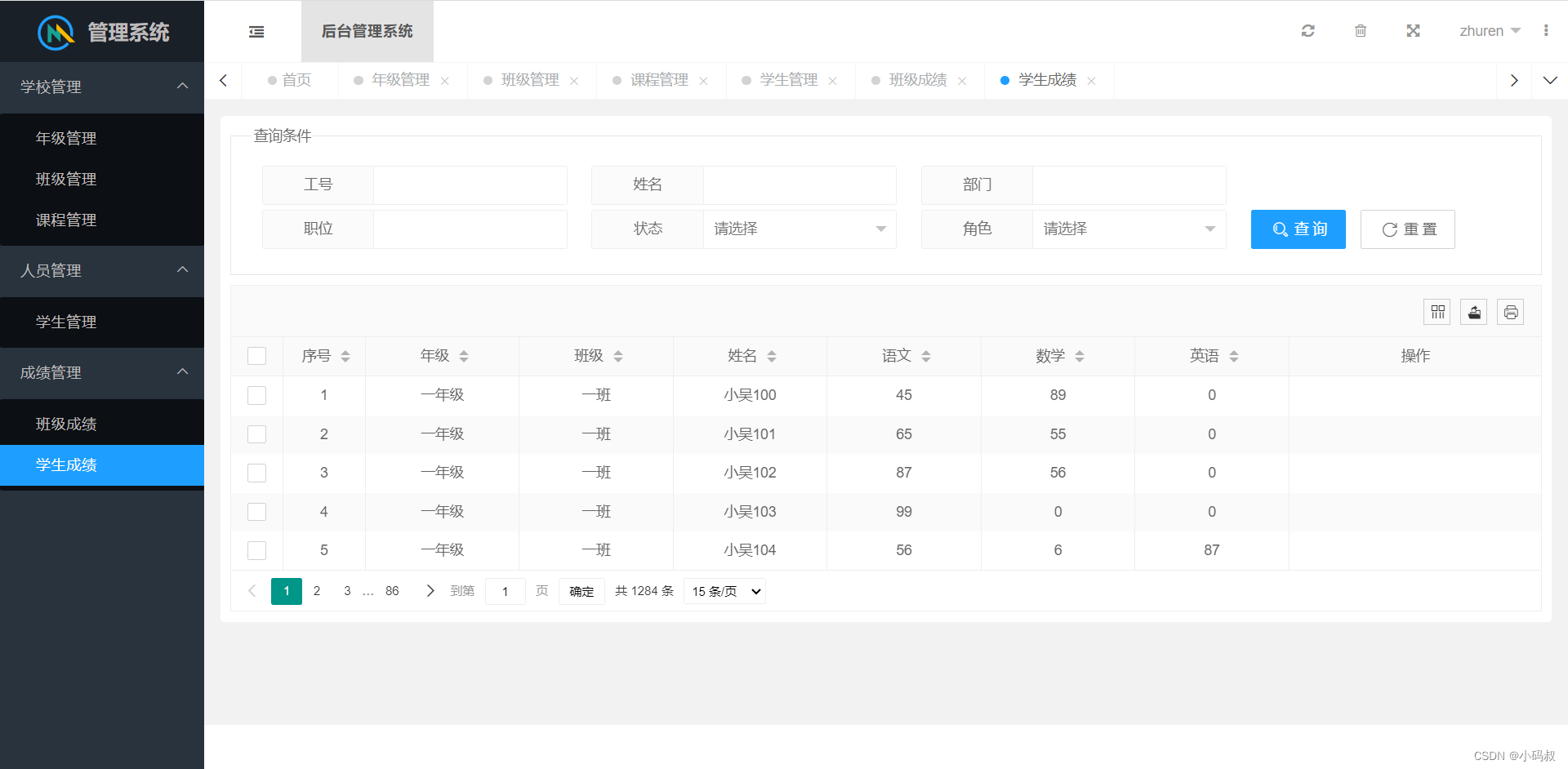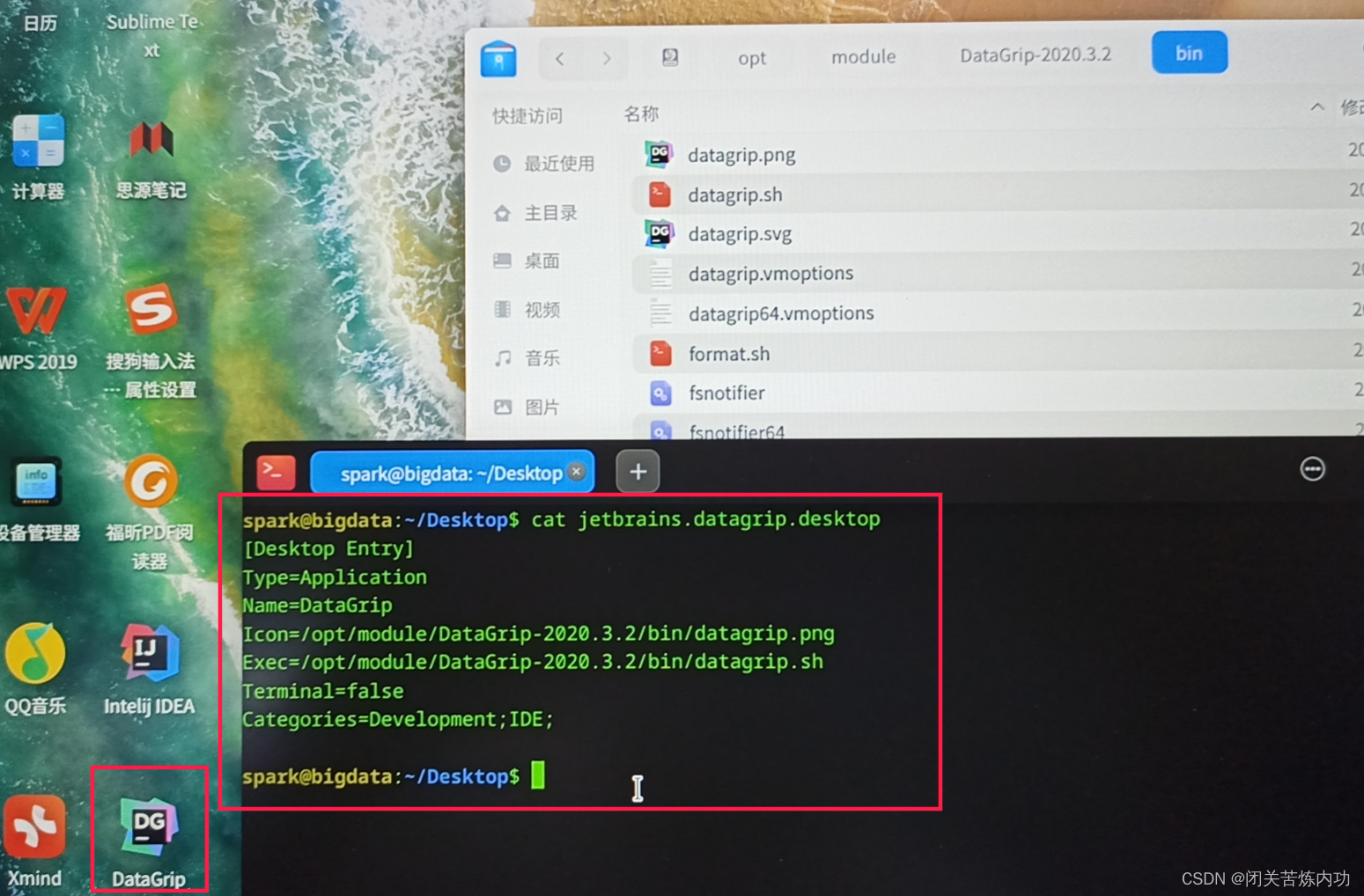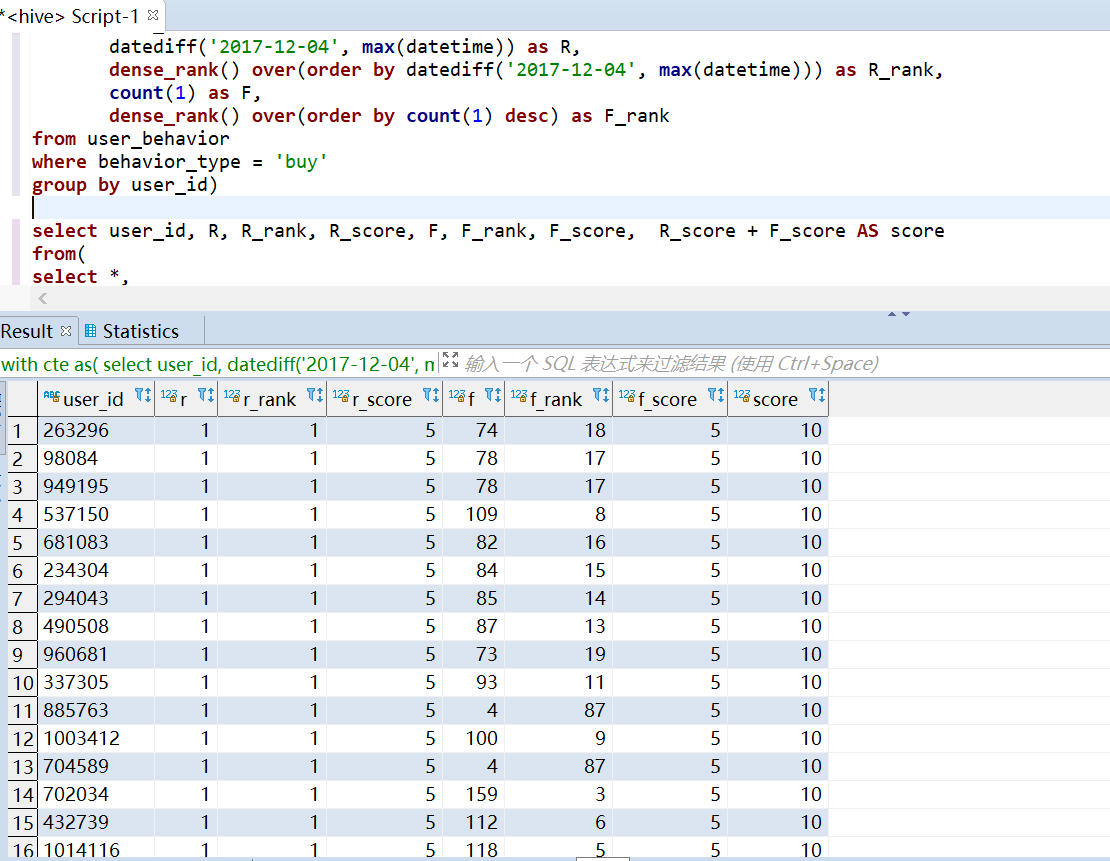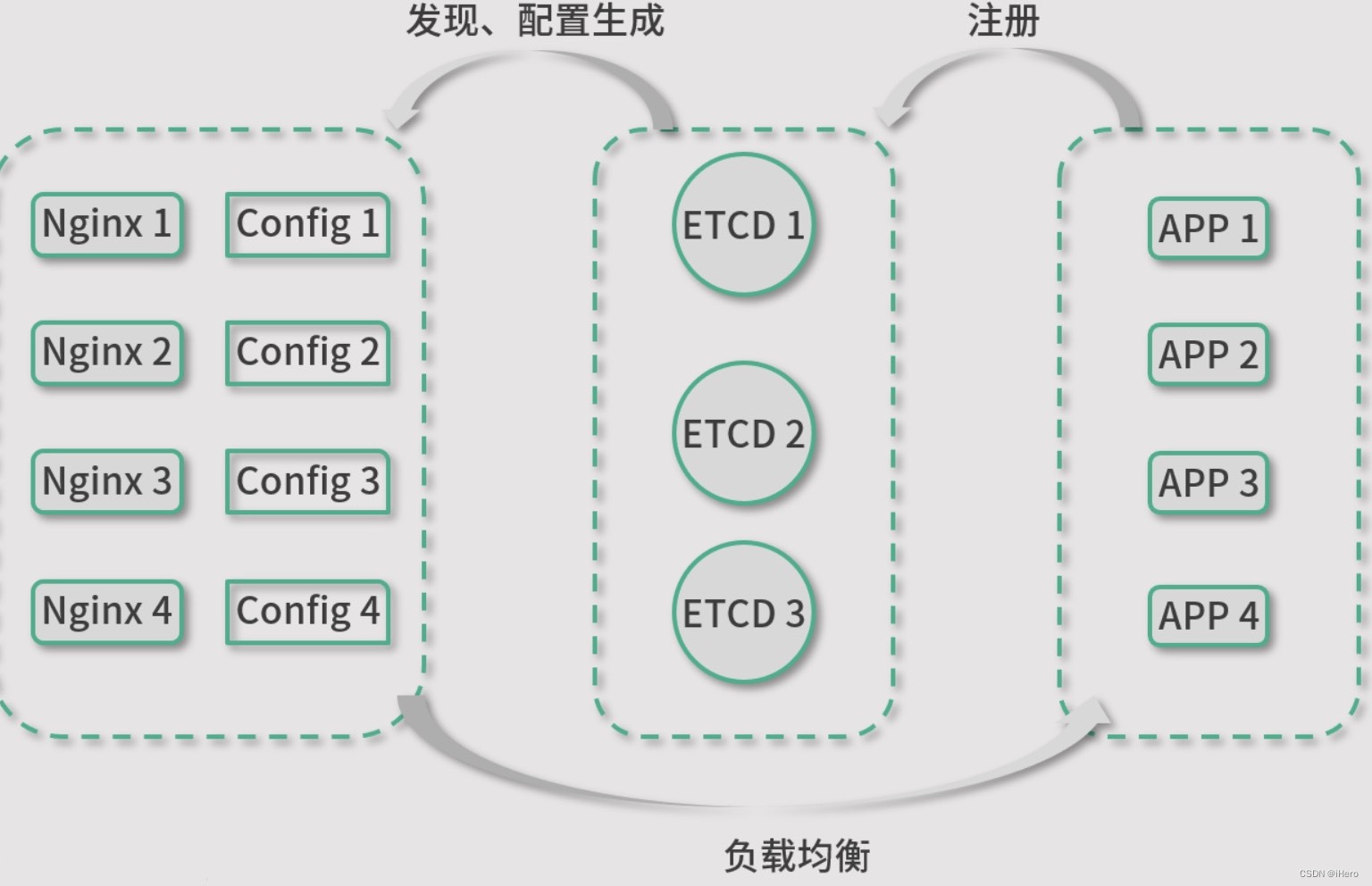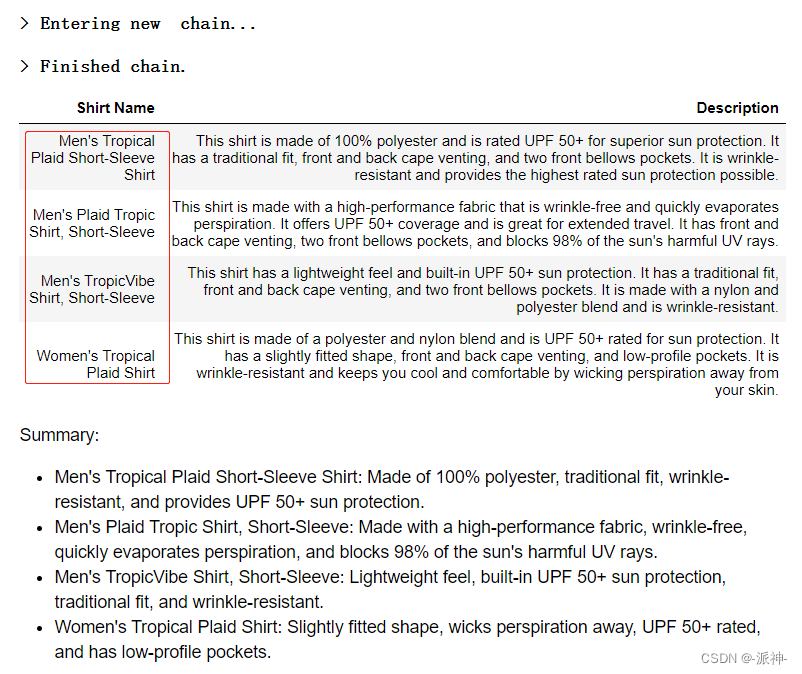【动手学习深度学习】逐行代码解析合集
19含并行连结的网络(GoogleNet)
视频链接:动手学习深度学习–含并行连结的网络(GoogleNet)
课程主页:https://courses.d2l.ai/zh-v2/
教材:https://zh-v2.d2l.ai/
1、Inception块


import os
os.environ["KMP_DUPLICATE_LIB_OK"]="TRUE"import torch
from torch import nn
from torch.nn import functional as F
from d2l import torch as d2l"====================1、Inception块===================="
class Inception(nn.Module):# in_channels输入通道数,c1--c4是每条路径的输出通道数def __init__(self, in_channels, c1, c2, c3, c4, **kwargs):super(Inception, self).__init__(**kwargs)# 线路1,单1x1卷积层self.p1_1 = nn.Conv2d(in_channels, c1, kernel_size=1)# 线路2,1x1卷积层后接3x3卷积层self.p2_1 = nn.Conv2d(in_channels, c2[0], kernel_size=1)self.p2_2 = nn.Conv2d(c2[0], c2[1], kernel_size=3, padding=1)# 线路3,1x1卷积层后接5x5卷积层self.p3_1 = nn.Conv2d(in_channels, c3[0], kernel_size=1)self.p3_2 = nn.Conv2d(c3[0], c3[1], kernel_size=5, padding=2)# 线路4,3x3最大汇聚层后接1x1卷积层self.p4_1 = nn.MaxPool2d(kernel_size=3, stride=1, padding=1)self.p4_2 = nn.Conv2d(in_channels, c4, kernel_size=1)def forward(self, x):p1 = F.relu(self.p1_1(x))p2 = F.relu(self.p2_2(F.relu(self.p2_1(x))))p3 = F.relu(self.p3_2(F.relu(self.p3_1(x))))p4 = F.relu(self.p4_2(self.p4_1(x)))# 在通道维度上连结输出return torch.cat((p1, p2, p3, p4), dim=1)2、GoogLeNet模型




"====================2、GoogLeNet模型===================="
# 逐一实现GoogLeNet的每个模块。
# 第一个模块使用64个通道、7×7卷积层。
b1 = nn.Sequential(nn.Conv2d(1, 64, kernel_size=7, stride=2, padding=3),nn.ReLU(),nn.MaxPool2d(kernel_size=3, stride=2, padding=1))
# 第二个模块使用两个卷积层,第一个卷积层是64个通道、1×1卷积层;
# 第二个卷积层使用将通道数量增加三倍的3×3卷积层。
b2 = nn.Sequential(nn.Conv2d(64, 64, kernel_size=1),nn.ReLU(),nn.Conv2d(64, 192, kernel_size=3, padding=1),nn.ReLU(),nn.MaxPool2d(kernel_size=3, stride=2, padding=1))# 第三个模块串联两个完整的Inception块。
# 第一个Inception块的输出通道数为64+128+32+32=256
# 第二个Inception块的输出通道数增加到128+192+96+64=480
b3 = nn.Sequential(Inception(192, 64, (96, 128), (16, 32), 32),Inception(256, 128, (128, 192), (32, 96), 64),nn.MaxPool2d(kernel_size=3, stride=2, padding=1))# 第四模块更加复杂, 它串联了5个Inception块,其输出通道数分别是
# 192+208+48+64=512、160+224+64+64=512、128+256+64+64=512、112+288+64+64=528
# 和256+320+128+128=832
b4 = nn.Sequential(Inception(480, 192, (96, 208), (16, 48), 64),Inception(512, 160, (112, 224), (24, 64), 64),Inception(512, 128, (128, 256), (24, 64), 64),Inception(512, 112, (144, 288), (32, 64), 64),Inception(528, 256, (160, 320), (32, 128), 128),nn.MaxPool2d(kernel_size=3, stride=2, padding=1))
# 第五模块包含输出通道数为256+320+128+128=832和384+384+128+128=1024的两个Inception块
b5 = nn.Sequential(Inception(832, 256, (160, 320), (32, 128), 128),Inception(832, 384, (192, 384), (48, 128), 128),# 全局平均汇聚层,将每个通道的高和宽变成1。nn.AdaptiveAvgPool2d((1,1)),nn.Flatten())# 将输出变成二维数组,再接上一个输出个数为标签类别数的全连接层。
net = nn.Sequential(b1, b2, b3, b4, b5, nn.Linear(1024, 10))
GoogLeNet模型的计算复杂,而且不如VGG那样便于修改通道数。 为了使Fashion-MNIST上的训练短小精悍,我们将输入的高和宽从224降到96,这简化了计算。下面演示各个模块输出的形状变化。
X = torch.rand(size=(1, 1, 96, 96))
for layer in net:X = layer(X)print(layer.__class__.__name__,'output shape:\t', X.shape)
输出:
Sequential output shape: torch.Size([1, 64, 24, 24])
Sequential output shape: torch.Size([1, 192, 12, 12])
Sequential output shape: torch.Size([1, 480, 6, 6])
Sequential output shape: torch.Size([1, 832, 3, 3])
Sequential output shape: torch.Size([1, 1024])
Linear output shape: torch.Size([1, 10])
3、训练模型
"====================3、训练模型===================="
# 和以前一样,我们使用Fashion-MNIST数据集来训练我们的模型。在训练之前,我们将图片转换为96×96分辨率。
lr, num_epochs, batch_size = 0.1, 10, 128
train_iter, test_iter = d2l.load_data_fashion_mnist(batch_size, resize=96)
d2l.train_ch6(net, train_iter, test_iter, num_epochs, lr, d2l.try_gpu())




